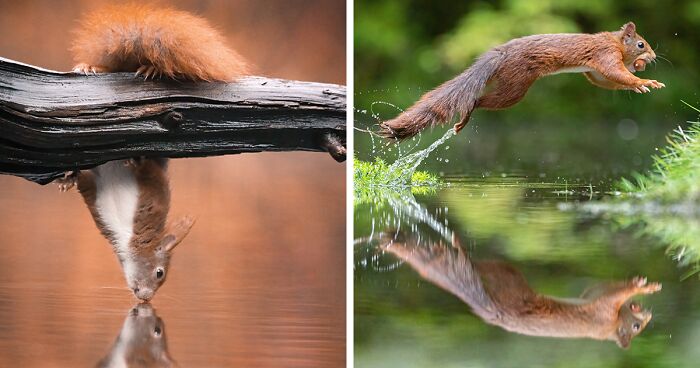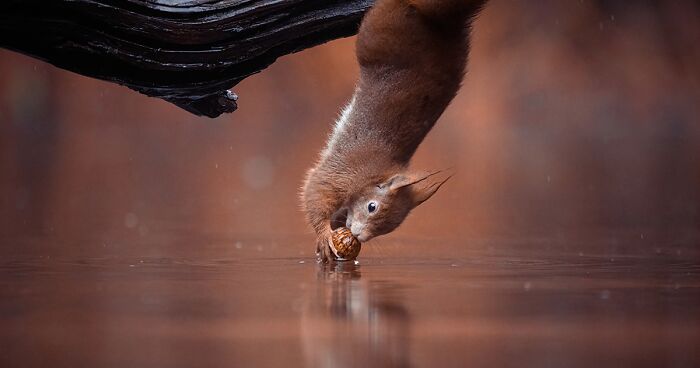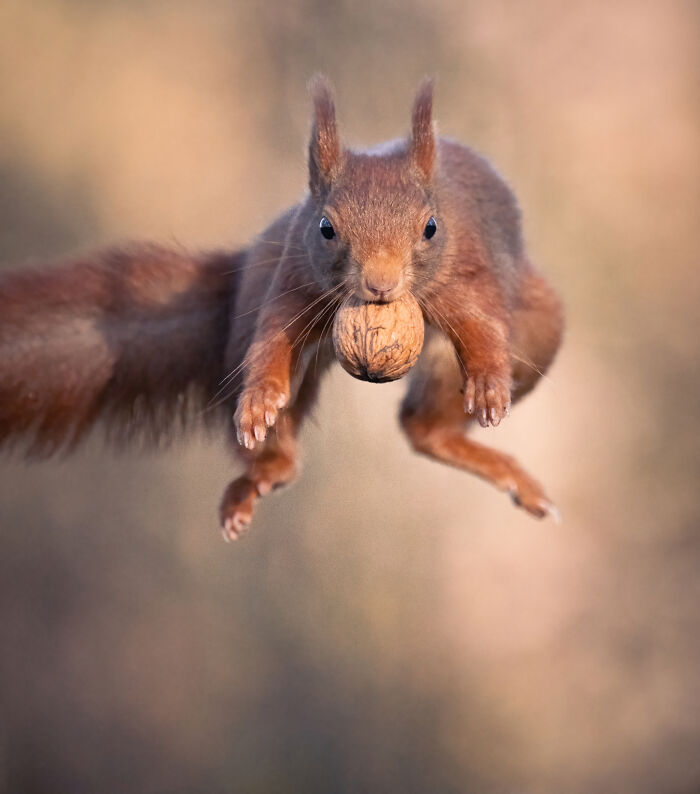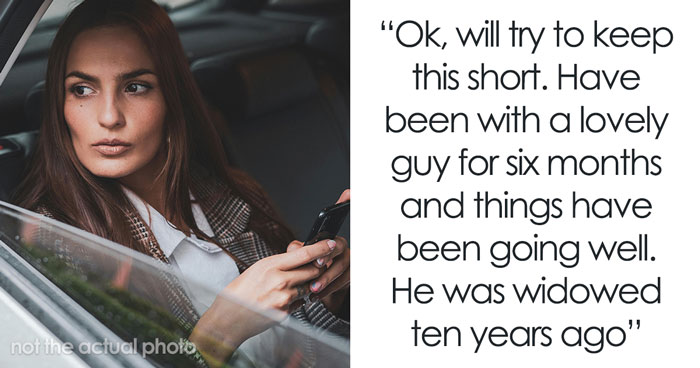I'm back with more squirrel spam - I hope you don't mind.
We all know from my previous posts and other pictures that red squirrels are extremely agile animals, with long tails to aid balance and long paws to jump across small gaps between trees and we love them for their perseverance. But did you know that they are also extremely flexible with gymnastic abilities? For example, squirrels can turn their back feet and body 180 degrees, which means they can rotate completely forward to completely backward in the same position. This makes it very easy for them to move in very difficult situations.
Another set of skills is their super-flexible ankles. The secret weapon allowing red squirrels to hang upside down on trees is their ankles. Unlike most rodents, whose ankles lock in place and point in one direction, squirrels have swiveling ankle joints, allowing them to climb and hang in various positions.
I hope you enjoy my first Bored Panda post of 2023 like I have enjoyed making it! Feel free to check out my online store to order digital prints or canvas.
PS: I don’t have any names for the squirrel routines. Don’t let your creativity stop you from coming up with names. Greetings, squirrelman.
More info: Instagram | Facebook | opensea.io | twitter.com
This post may include affiliate links.
For me, the routine where the red squirrels hang upside down to grab a nut from out of the water is the most complex thing I have seen them doing. This behavior is driven by necessity because they don't like water. Squirrels have strong hind legs and a sturdy tail that helps them balance. When food sources are scarce or competition is high, squirrels may resort to more inventive methods to access food.
The act of a squirrel hanging upside down demonstrates their problem-solving skills and their physical capabilities. It involves a combination of balance, strength, and precise coordination. The squirrel must accurately judge the distance to the water, maintaining its grip on the branch they reach for the nut with precision.
I try to behave as calmly and quietly as possible. I avoid talking loudly or making abrupt noises that could alarm the squirrels. Of course, my favorite part is spending time observing squirrels from a distance to understand their patterns and behaviors. The more time I invest in watching them, the better I can predict their next movement and capture candid shots.
Each photographer has a unique way of seeing the world, providing me with a wealth of inspiration for developing my own creative vision. Remember that while it's helpful to learn from the masters, true creativity comes from finding your voice and applying your personal touch to your photography. I follow many good photographers, but I capture images true to my own personal emotion and feeling. My feeling is joy and laughter.
I will never forget the moment I could photograph 2 juvenile red squirrels on the same feeder.
I wonder if this is the same squirrel on the same branch each time? It sure seems to be having fun!
Beautiful photo. If you look just above the squirrel there is a big face. You can even see details, eyes nose etc.
Wow amazing shots! One of my favorite childhood memories was looking out the dining room windows at mealtimes and watching the squirrels run, jump and climb in the trees. They are such interesting creatures.
Thank you for sharing your beautiful photos of these amazing little creatures.
Lovely photos and I admire that you have followed the squirrels for some time. At least it looks so, because on some of the pictures the squirrel have the long hair on its ears, that is only there in the winter.
Wow amazing shots! One of my favorite childhood memories was looking out the dining room windows at mealtimes and watching the squirrels run, jump and climb in the trees. They are such interesting creatures.
Thank you for sharing your beautiful photos of these amazing little creatures.
Lovely photos and I admire that you have followed the squirrels for some time. At least it looks so, because on some of the pictures the squirrel have the long hair on its ears, that is only there in the winter.

 Dark Mode
Dark Mode 

 No fees, cancel anytime
No fees, cancel anytime 























































































